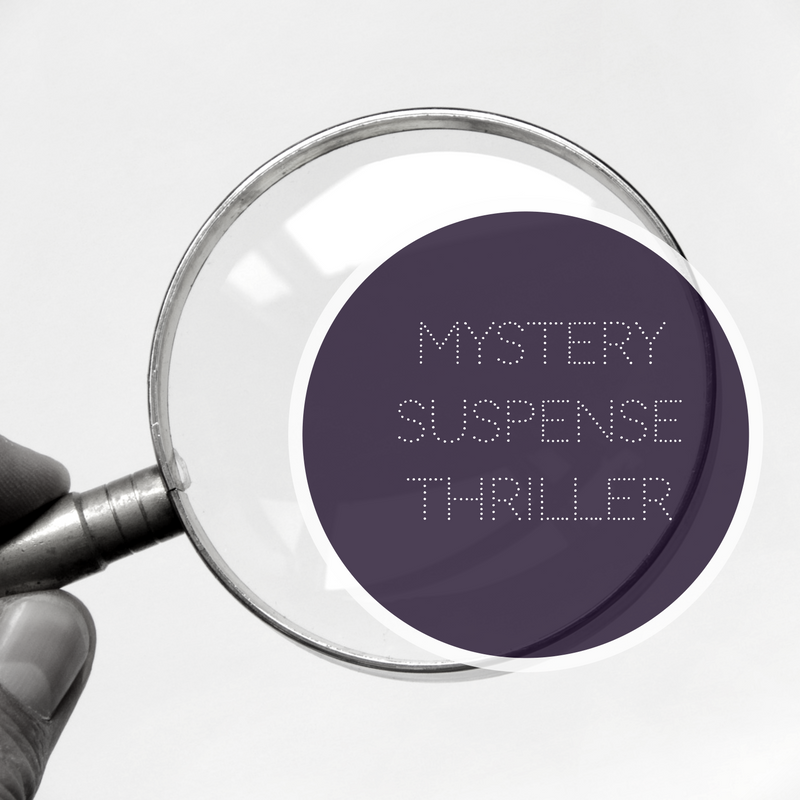Tension is the unresolved conflict in a story that keeps a reader turning pages. All scenes need tension, from edge-of-your-seat action sequences to gentle romantic encounters. How can a writer increase tension in her scenes, especially in those without life-or-death consequences? By stretching key moments.
Slow-motion
Consider what happens when a movie suddenly switches to slow-motion. A few heartbeats of action may be stretched into agonizing minutes, forcing the audience to wait, tense with anticipation, while things slowly crawl toward a resolution. Will he catch the ball? Will she walk out the door? Will they defuse the bomb in time?
A writer can use the same concept to slow the pace by stretching the moment. How? By padding strategic moments in scenes with a few additional details that force the reader to wait just a little longer to find out what happens. How long can you stretch things? It depends on the scene. Typically the more tension already present, the more the reader is hooked, and the longer a writer can stretch out the scene.
Where to consider stretching the moment
Scenes of exterior tension
When dealing with action scenes, look for places where the scene moves rapidly from stimulus to payoff. For example, “Sarah heard a key in the lock” is a stimulus. Something new is happening. It could be good or bad, longed-for or dreaded. Whatever the situation, the stimulus of hearing of the key will lead to a payoff of some kind. Someone is about to enter the scene and do or say something that will be the payoff.
If whatever is about to happen next is postponed by a few lines it will serve to increase the tension. Compare the two examples below:
Sarah heard the key in the lock. Liam threw open the door. “Thought you could hide from me, did you?”
Sarah heard the key in the lock. Could it be Pat? Did Pat still have the spare key? But wouldn’t he be at work now? She held her breath as the lock clicked. The door jerked open and Liam strode into the room. He looked down at her with a smug smile. “Thought you could hide from me, did you?”
Scenes of interior tension
Emotional tension can be stretched as well. Look for places where a discovery or realization (stimulus) leads to a strong emotional response and stretch the moment by inserting details or inner dialogue. For example, compare the shorter and longer versions below:
Aaron saw the note on the kitchen table. “I’ve gone for a walk.” A lump of fear settled in his stomach as he grabbed his jacket and raced outside.
Aaron saw the note on the kitchen table. Large letters written with red crayon in his little brother’s distinctive shaky scrawl. “I’ve gone for a walk.” Please no. Not today. The ground was a slippery mess with all the rain and the stream would be racing. If Jonny slipped… A lump of fear settled in his stomach as he grabbed his jacket and raced outside.
Your Turn
Choose a scene and look for moments where the stimulus is followed by an immediate payoff or response. Stretch the tension by inserting two or three sentences between them.
By adding little snippets at strategic spots, you can increase the tension in any scene. #writetips #writers Click To TweetLisa E. Betz believes that everyone has a story to tell the world. She loves to encourage fellow writers to be intentional about their craft and courageous in sharing their words with others. Lisa shares her words through dramas, Bible studies, historical mysteries, and her blog about intentional living. You can find her on Facebook LisaEBetzWriter and Twitter @LisaEBetz



 We love helping your growing in your writing career.
We love helping your growing in your writing career.

1 Comment
Sometimes I forget this as I race toward “The End.”
Thanks, Lisa